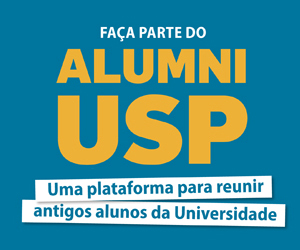Convidamos os senhores para o Seminário de Sistemas Dinâmicos.
Palestrante: Charles Tresser (on joint work with Enrique Pujals and Yaron Silberberg)
Título: Quantum Bi Secure Bit Commitment
Data: 07.12.17 (quinta-feira)
Local: Sala 267-A - Bloco A - IME/USP
Horário: 13h30
Resumo:
Quantum Bi Secure Bit Commitment and thus bi-partite secure communication, and much more, can be realized after all: the hole in the proof of the corresponding No-Go Theorem, and some counterexamples. What is that all about? Here is what looks like a game, and would indeed enable games between distant partners. Alice chooses a bit B ∈ {0, 1} that she should latter tell to Bob. For that to make sense, Alice should not be able to change her mind without being caught red-handed (commitment) and Bob should not have more than 50% a chance to bet on the bit that has been chosen by Alice. This is considered too difficult (for both sides at once) and one replaces that by a parameter say p dependent version where: [Alice is caught if she is cheating] & [Bob is unable to guess B] only as p - ∞ . As childish as it may seem, resolving this problem (Bi-Secure Bit Commitment, or BSBC) gets not so easy if one refuses any unproven assumption (such as finding a pai!
r of big prime factors knowing their product is effectively hard) which makes the problem easy in classical cryptography. BUT, IF the only unproven assumption that one accepts is that non-relativistic quantum mechanics (QM) works fine (from our size down, say) WHILE no message bearing an intentional meaning travel faster that light (so that in particular time travel cannot be invoked), it is a different story: indeed, while many protocols to solve BSBC were proposed, and some accepted, D. Mayers and Independently H.-L. Lo and H.F. Chau proved (in 1995-1997) that QM-based BSBC is impossible (when assuming that each of Alice and Bob has an arbitrarily powerful quantum computer). This meant that no much more that Quantum Key Distribution could be realized in an unconditional way, assuming only that QM works fine. Finding a counter-example was hard, but useless in terms of letting know we had a counterexample as long as we could not find the hole in the proofs of Mayers,!
Lo, and Chau. Let it be known that: My ultimate goal is to t!
ell my views on QM without preaching only to cats and dogs (as happens often when talking to a community that does not know you). What I which to share/preach is another story, that goes back to an intuition of B. Riemann (yes, him, but no, not that one) Indeed another story (interested?)
[Review] L. Salvail, in Springers LNCS Volume 1561, p. 183 (1999).
[1] D. Mayers, Phys. Rev. Lett., 78, 3414 (1997).
[2] H.-L. Lo, H.F. Chau, Phys. Rev. Lett., 78 3410 (1997).
[3] C.H. Bennett, G. Brassard, Proc. of the IEEE International Conf. on Computers, Systems and Signal Processing IEEE Comp. Society, p. 175 New York, (1984).
Para o horário completo deste semestre acesse (versão em português):
https://www.ime.usp.br/~pete/IME_Dyn_Sys_Sem_pt.html
ou (versão em inglês):
https://www.ime.usp.br/~pete/IME_Dyn_Sys_Sem_en.html













